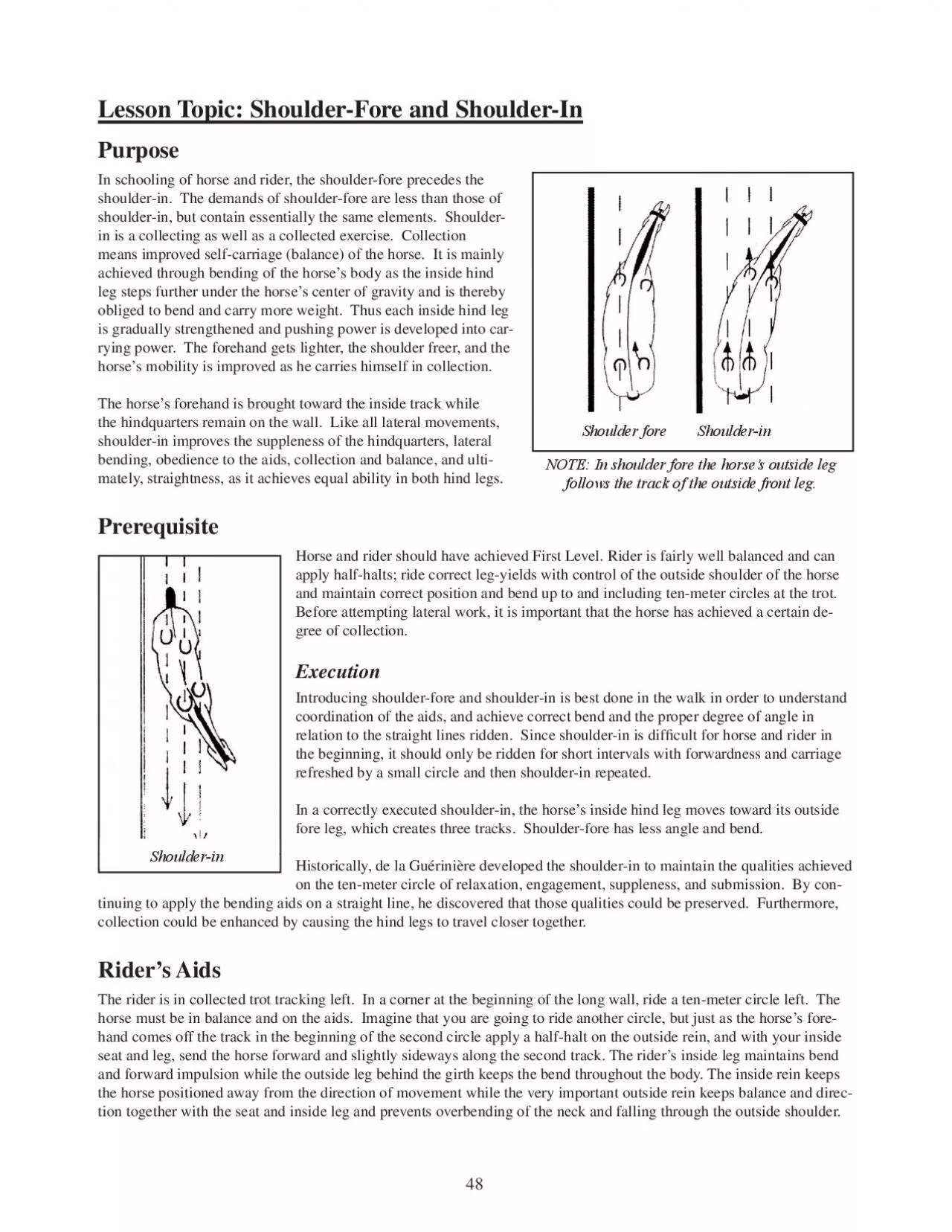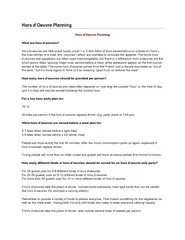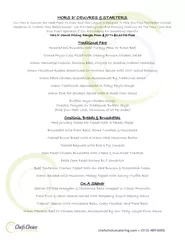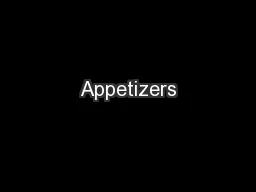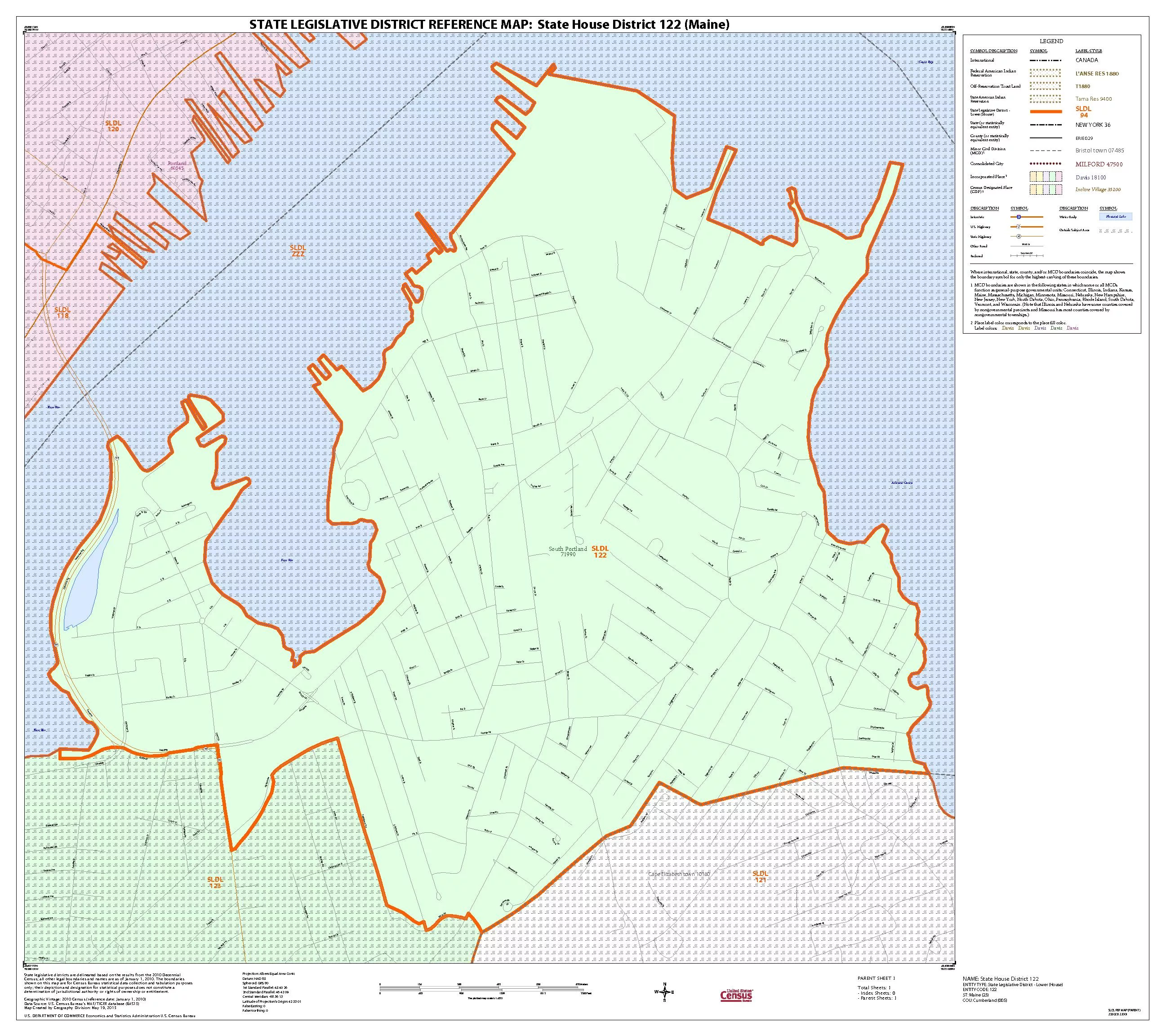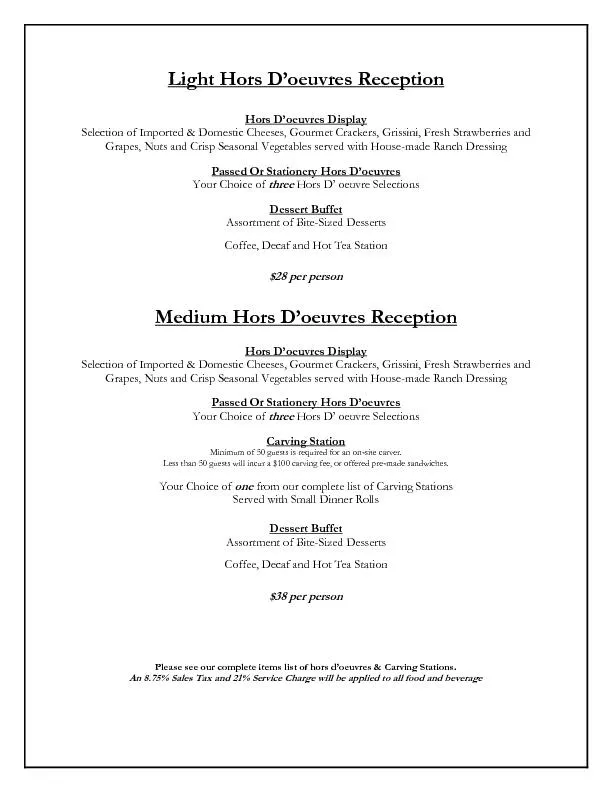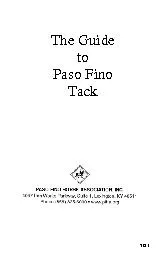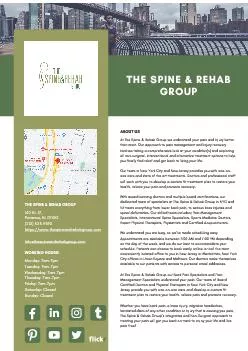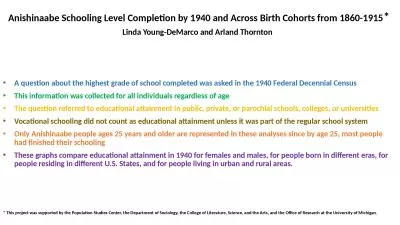PDF-Lesson Topic: Shoulder-Fore and Shoulder-InPurposeIn schooling of hors
Author : funname | Published Date : 2020-11-19
48 Shoulder fore Shoulderin ShoulderinNOTE In shoulder fore the horse146s outside leg follows the track of the outside front leg The rider keeps her outside hand
Presentation Embed Code
Download Presentation
Download Presentation The PPT/PDF document "Lesson Topic: Shoulder-Fore and Shoulder..." is the property of its rightful owner. Permission is granted to download and print the materials on this website for personal, non-commercial use only, and to display it on your personal computer provided you do not modify the materials and that you retain all copyright notices contained in the materials. By downloading content from our website, you accept the terms of this agreement.
Lesson Topic: Shoulder-Fore and Shoulder-InPurposeIn schooling of hors: Transcript
Download Rules Of Document
"Lesson Topic: Shoulder-Fore and Shoulder-InPurposeIn schooling of hors"The content belongs to its owner. You may download and print it for personal use, without modification, and keep all copyright notices. By downloading, you agree to these terms.
Related Documents

